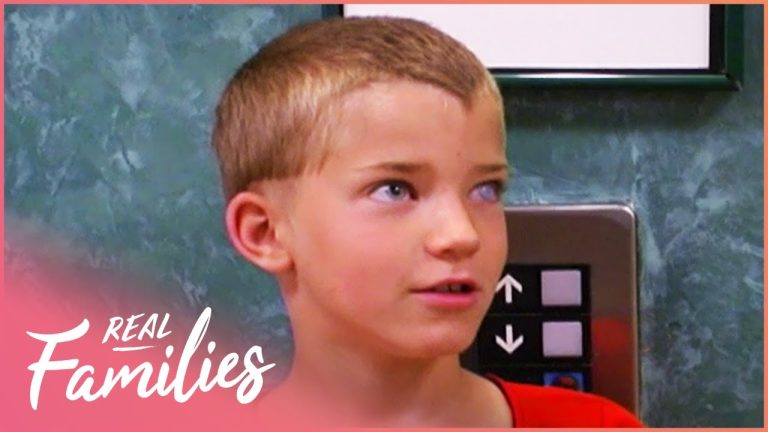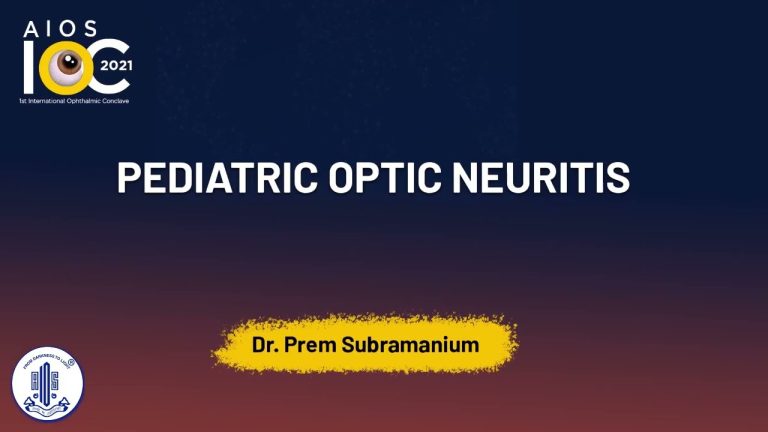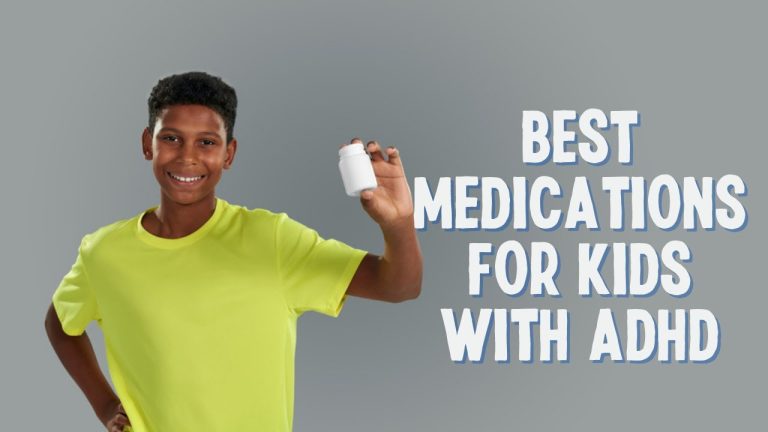Understanding Children’s Glaucoma: Symptoms, Causes, and Treatments
Glaucoma is a serious eye condition that can affect people of all ages, even children. Children’s glaucoma, also known as pediatric glaucoma, is a rare type of glaucoma that occurs in infants and children. It can be congenital, meaning the child is born with it, or it can develop later in childhood. Regardless of when it develops, it is important to diagnose and treat it early to prevent vision loss.
Children’s glaucoma can be difficult to detect because young children may not be able to communicate their symptoms properly. Some of the signs that a child may have glaucoma include excessive tearing, light sensitivity, and enlarged or cloudy corneas. If you suspect that your child may have glaucoma, it’s important to seek medical attention as soon as possible.
Symptoms of Children’s Glaucoma
As mentioned earlier, the symptoms of glaucoma in children can be difficult to detect. However, there are a few signs that parents should be aware of:
- Excessive Tearing: Does your child have watery eyes even when they are not crying?
- Light Sensitivity: Do they squint or shield their eyes from bright lights?
- Enlarged or Cloudy Corneas: Do their eyes appear larger or hazier than usual?
If you notice any of these symptoms in your child, it’s important to schedule an appointment with an eye doctor right away. Early detection and treatment can prevent further damage to your child’s vision.
Treating Children’s Glaucoma
The treatment for children’s glaucoma will depend on the severity of the condition. In some cases, eye drops or medication may be prescribed to reduce the pressure in the eyes. Other children may require surgery to improve the flow of fluid in the eyes.
Medication
Eye drops or oral medication can be used to reduce the pressure in the eyes. These medications work either by decreasing the amount of fluid produced in the eye or by increasing the flow of fluid out of the eye. It’s important to follow the doctor’s instructions carefully when giving medication to your child.
Surgery
In some cases, surgery may be necessary to treat children’s glaucoma. There are several types of surgery that may be performed, depending on the child’s age and the severity of the condition. Some of these procedures include:
- Trabeculotomy: This procedure creates a new drainage pathway for fluid to leave the eye.
- Trabeculectomy: This surgery removes a small piece of tissue to create a new drainage pathway.
- Tube Shunt: A small tube is implanted in the eye to help drain fluid.
Regardless of the type of surgery, it’s important to closely follow the doctor’s instructions for aftercare. This may include the use of eye drops or medication to prevent infection and aid in healing.
Conclusion
Children’s glaucoma is a serious eye condition that requires prompt diagnosis and treatment. As a parent or caregiver, it’s important to be aware of the signs and symptoms of glaucoma in children. Early detection and treatment can prevent further vision loss and improve the quality of life for your child.
Most wanted in Hoya Vision:
What are prism eyeglass lenses?
What brand lenses does Costco use?
Hoya Lens Engravings
Do tinted glasses help with migraines?
What does +0.25 mean on an eye test?
Hoya Identification Chart
Should eyeglasses cover eyebrows?
What LED light is best for broken capillaries?
Does hyperopia worsen with age?
What is the difference between Ray Ban RB and Rx?
















